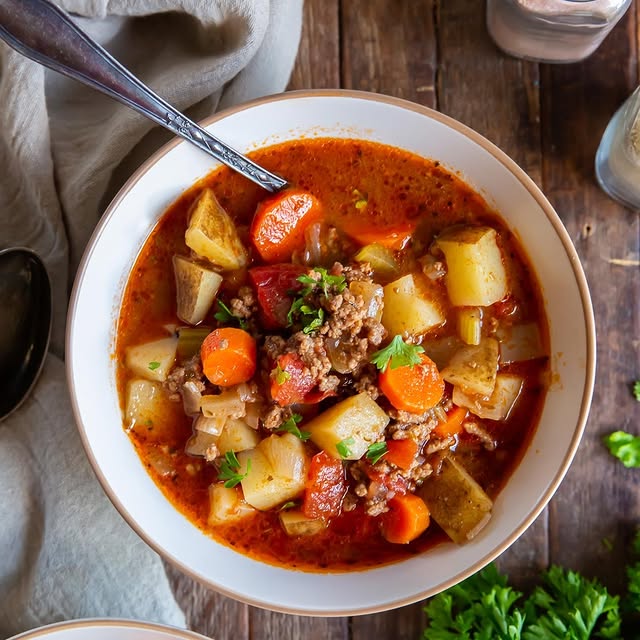Everyone thinks they know how to cook beef – until the steak turns gray, the brisket dries out, or the roast comes out raw in the middle.
Here’s the truth: the cut doesn’t make the meal, the method does. You can take the best wagyu ribeye in the world and ruin it with bad technique. On the flip side, a cheap chuck roast can taste like gold if you cook it right.
I’ve been around enough smoke, grease, and grill marks to learn one thing: beef doesn’t like shortcuts. But it rewards care and timing every single time.
So, let’s walk through seven tried-and-true ways to cook beef right, the way pitmasters and chefs do it – with control, respect, and a little swagger.
Why the Method Matters
Every cut of beef is built differently. Some are tender and lean (like tenderloin), others tough and fatty (like brisket or chuck). The trick is knowing how to match the muscle to the method.
High heat builds crust and flavor. Low and slow melts fat and collagen into buttery tenderness. Choose the wrong one, and you’re fighting the meat instead of working with it.
Think of this as your playbook – the foundation for how to cook beef like a pro, no matter what you’re working with.
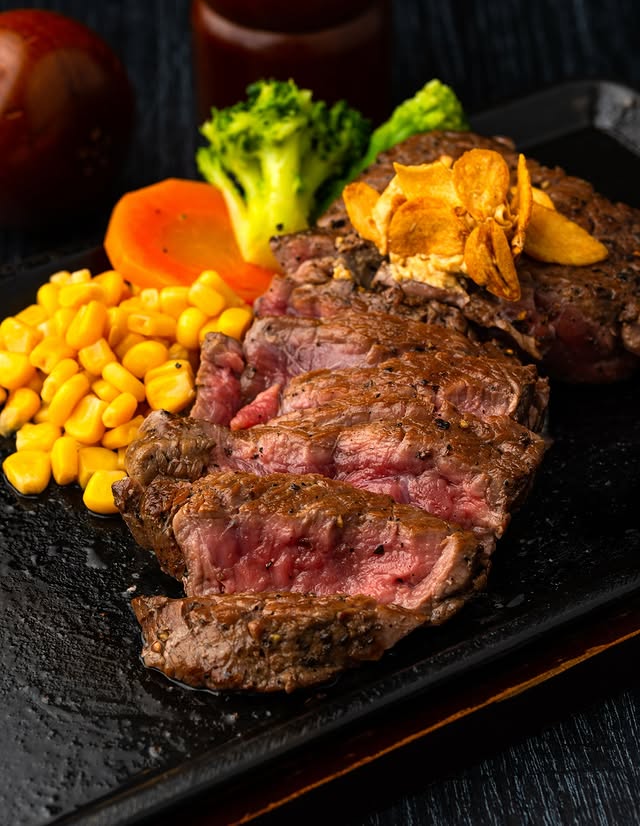
1. Grilling – The Flavor of Fire
If you’ve got fire, you’ve got flavor. Grilling is the primal, purest way to cook beef – no fancy equipment, just heat, smoke, and instinct.
Perfect for steaks, burgers, and kebabs, grilling uses direct heat to create that smoky, caramelized crust we all chase.
Pro tip: Preheat your grill until it’s ripping hot before you drop the meat. A hot grate means instant sear and no sticking.
And here’s the secret sauce: let it rest after cooking. It’s not about patience – it’s about flavor redistribution. Give that steak 5–10 minutes off the heat, and you’ll keep every drop of juice where it belongs.
If you can hold your hand above the grill for five seconds, it’s not hot enough. If you can’t hold it for two, you’re right where you need to be.
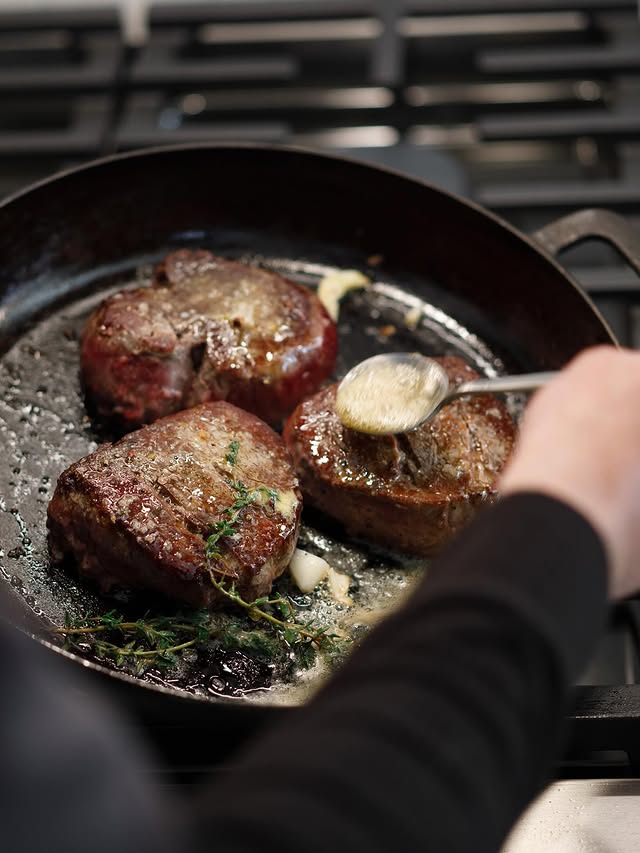
2. Pan-Searing – Fast, Hot, and Foolproof
When it’s raining or snowing and you can’t grill, pan-searing is your best backup plan – maybe even better.
Grab a cast iron skillet, crank the heat, and let the metal do the work. This method builds a deep, even crust and keeps the inside juicy. Ideal for sirloin, ribeye, or filet mignon.
The rule: Don’t touch the meat too soon. Let it sear undisturbed until it naturally releases from the pan. That’s the crust forming.
Add a knob of butter, a crushed garlic clove, and a sprig of thyme at the end for a quick baste. You’ll feel like a pro chef in your own kitchen.
And please – don’t cook beef straight from the fridge. Let it warm up a bit first, or you’ll end up with burnt edges and a cold center.
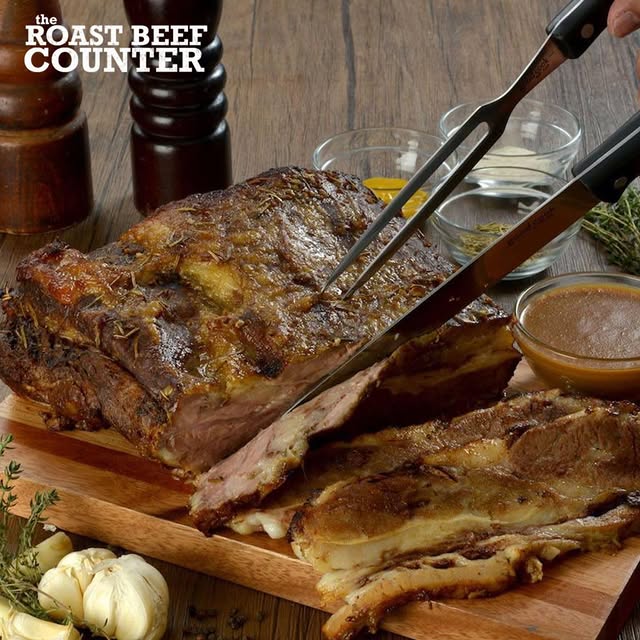
3. Roasting – The Oven’s Slow Magic
Roasting is for big, beautiful cuts that deserve center stage – think prime rib, tenderloin, or tri-tip. The oven gives you even, predictable heat and a tender, pink interior.
Start by searing the outside first, either in a pan or with high oven heat, to lock in the crust. Then drop the temperature and roast until it hits your target internal temp.
Invest in a meat thermometer. Guessing doneness is how good roasts die.
Roasting doesn’t just cook beef – it transforms it. The slow dry heat builds depth, browns edges, and fills your home with that Sunday-dinner aroma that makes everyone magically appear in the kitchen.
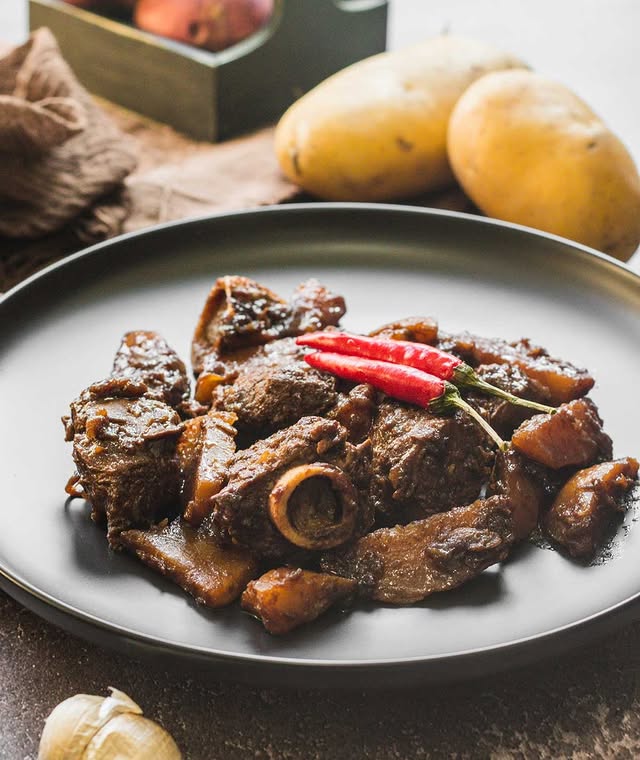
4. Braising – Low and Slow, All About Tenderness
Here’s where patience becomes flavor. Braising is the secret weapon for tough cuts – chuck, brisket, short ribs – the ones full of connective tissue that need time to break down.
It’s simple: sear the meat first, then simmer it gently in liquid (broth, wine, beer, whatever you love) until it’s fork-tender.
Over a few hours, the collagen melts into gelatin, turning that cheap cut into something you could serve in a five-star restaurant.
Pitmasters always say: “Braising is patience with a lid on.”
It’s comfort food science – the kind of cooking that rewards you for walking away and letting the heat do its work.
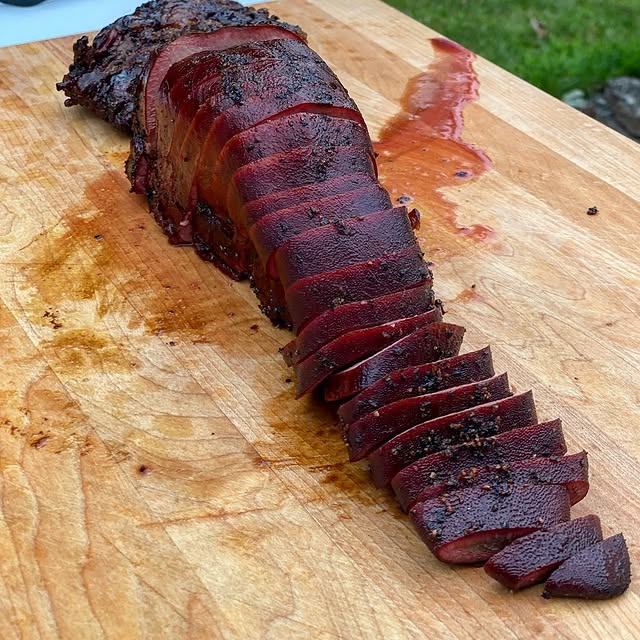
5. Smoking – The Pitmaster’s Signature Move
Now we’re talking home turf. Smoking is the heart of barbecue and the true test of patience and control.
It’s all about low and slow cooking with wood smoke, using temperatures around 225°F. The smoke does the seasoning, and the heat does the tenderizing.
Perfect for brisket, beef ribs, tri-tip, and chuck roast, smoking builds flavor that no rub or sauce can fake.
Choose your wood wisely – oak for balance, hickory for boldness, mesquite for intensity.
And here’s the truth: anyone can throw meat on a smoker. But a real pitmaster manages fire like an artist. Keep that temperature steady and let the clock handle the rest.
If grilling is a quick romance, smoking is a slow love story that ends in perfect tenderness.
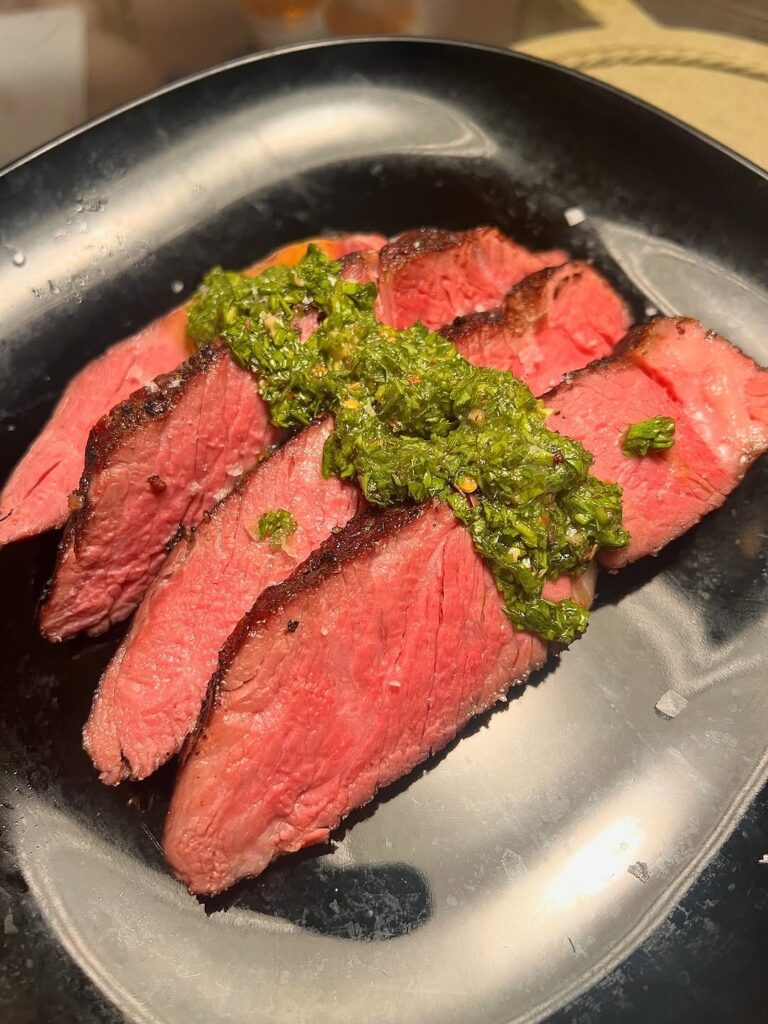
6. Sous Vide – Precision in a Bag
If smoking is old-school, sous vide is science class. It’s the ultimate precision method to cook beef to exact doneness, edge to edge.
You vacuum-seal your meat, drop it in a temperature-controlled water bath, and walk away. Hours later, you’ve got perfectly even beef – tender, juicy, and consistent every single time.
It’s not about replacing the grill; it’s about setting up perfection. After sous vide, finish with a quick sear to build flavor and crust.
Great for steaks, roasts, and tender cuts where accuracy matters.
Sous vide may not feel rugged, but trust me – a pitmaster uses every tool that gets results.
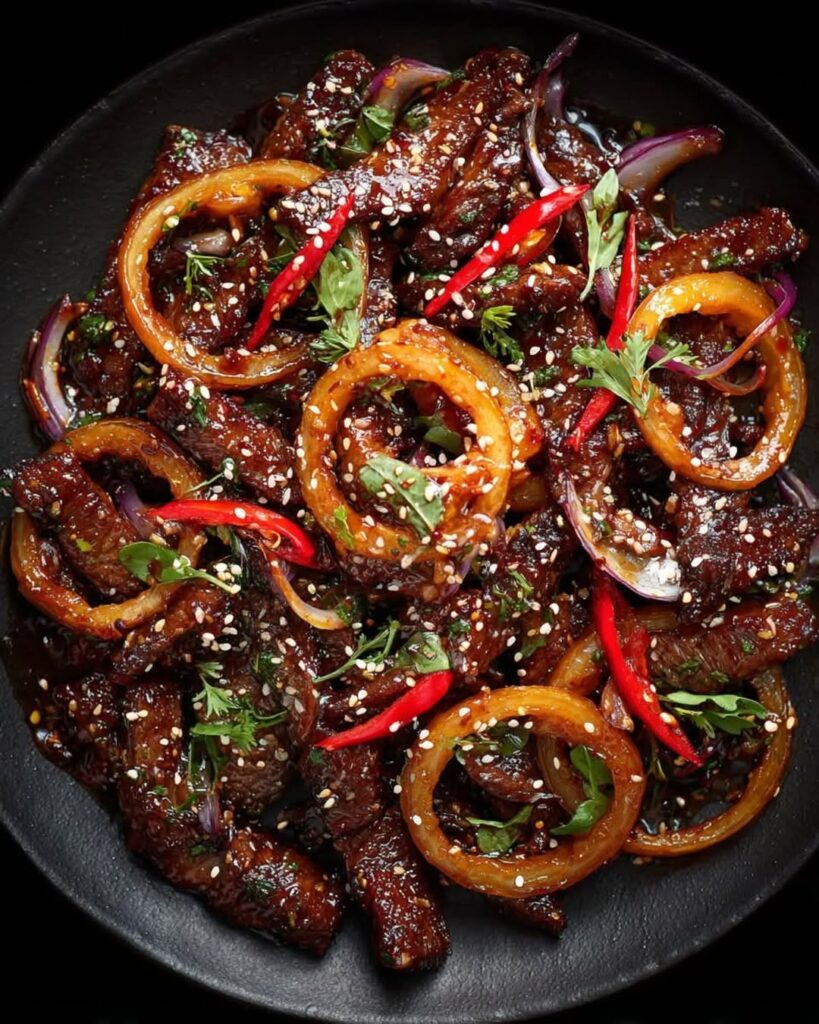
7. Stir-Frying – Speed Meets Sizzle
Sometimes, dinner isn’t about slow-cooked perfection – it’s about getting flavor fast. Enter stir-frying, the high-speed cousin of searing.
Perfect for thin-sliced flank, sirloin, or ribeye, this method hits hot oil in a wok for less than a minute. The result: tender, caramelized beef with just enough char.
Key rule: Slice thin and cut against the grain – it shortens the muscle fibers and makes every bite tender.
Add soy, garlic, chili, and a hit of sesame, and you’ve got restaurant-level flavor in under ten minutes.
Stir-frying proves you don’t need smoke and flames to cook beef right – just heat, timing, and confidence.
Choosing the Right Method for the Cut
Here’s the quick guide:
| Cut Type | Best Method | Why It Works |
| Ribeye, Strip Steak | Grilling or Pan-Searing | Fat renders fast, stays juicy |
| Tenderloin | Roasting or Sous Vide | Lean, cooks evenly |
| Brisket, Chuck | Braising or Smoking | Collagen breaks down slow |
| Flank, Sirloin | Stir-Fry or Grill | Quick sear, tender slices |
Match the cut to the method, and you’ll never ruin beef again. Every muscle has a story –your job is to read it, not fight it.
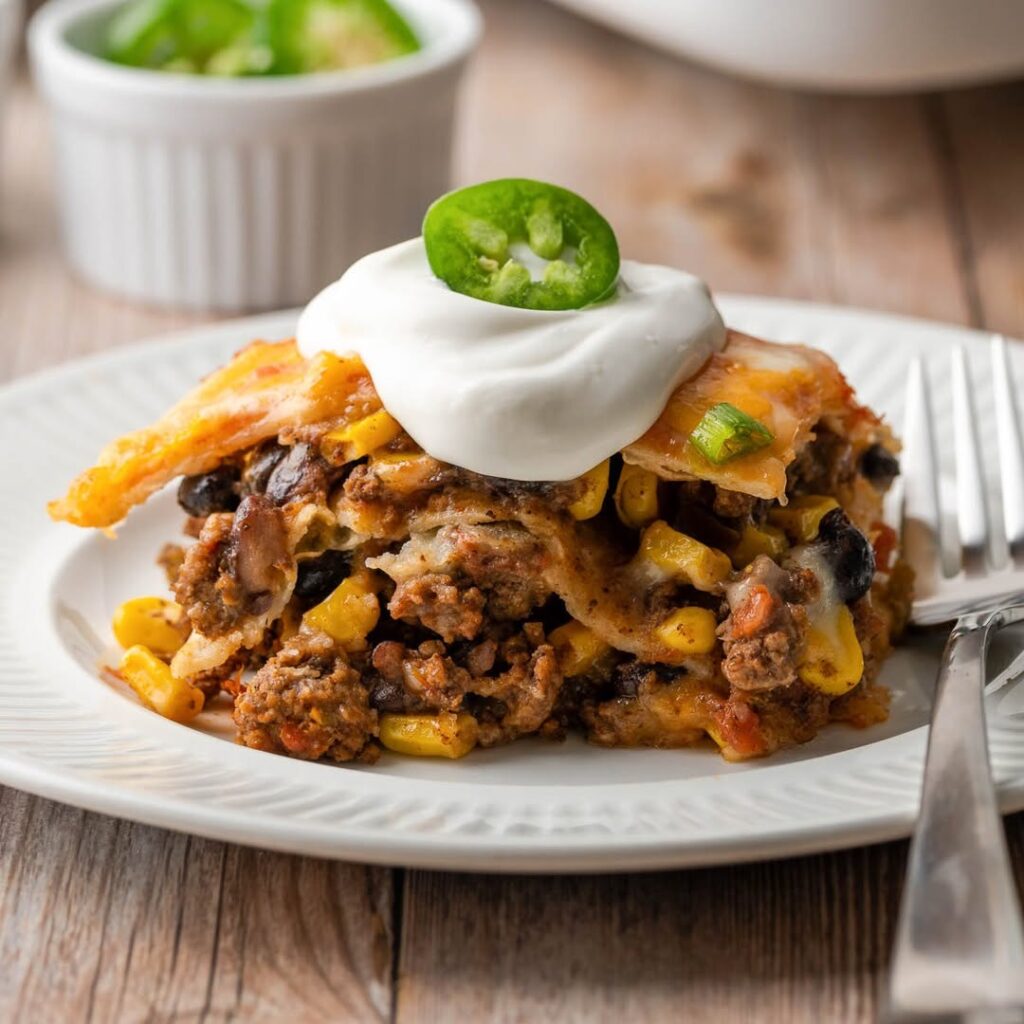
Pitmaster’s Pro Tips
A few golden rules every time you cook beef:
- Rest your meat before slicing – juices need time to redistribute.
- Season early and generously – salt builds flavor at every stage.
- Use a meat thermometer, not guesswork. The pitmaster’s best friend isn’t instinct; it’s precision.
- Clean equipment cooks better. Burnt grease ruins fresh flavor.
- Don’t rush. Even quick methods benefit from calm hands and attention.
Remember, good beef isn’t fast; it’s focused.
Final Thoughts: Cooking Beef Is an Art of Control
The best pitmasters aren’t magicians – they’re caretakers of heat. Whether you’re grilling a ribeye or braising short ribs, the secret is matching temperature, timing, and tenderness.
Every method tells a story: fire for flavor, smoke for soul, heat for heart. So, pick your weapon – grill, smoker, pan, or oven – and get to it. Because once you learn how to cook beef right, you’ll never settle for average again.
And the best thing about cooking the best beef recipes is that they never go out of style – beef is practically the trend setter almost as much as chicken is, but just a bit more exotic.
Featured image credit: @groundbeefrecipes

